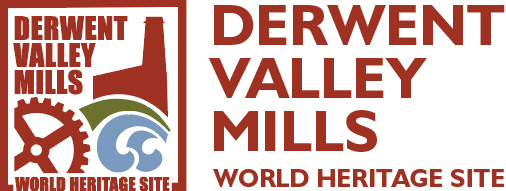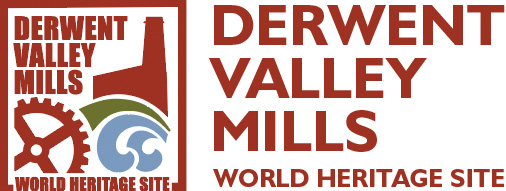Derwent Valley Mills Creative Activities
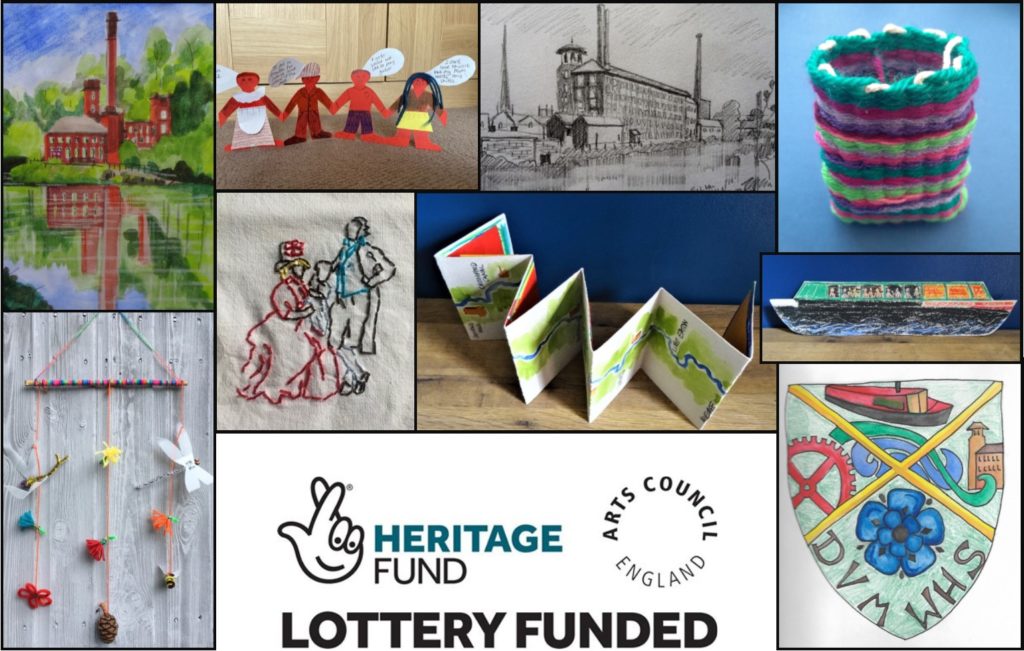
Derwent Valley Mills Creative Activities for Families
About the Project
In Summer 2020 we weren’t able to do a lot of our ‘in person’ planned events and activities. Although we had lots of things available for people to at home these were online and some of the people and groups we wanted to work with couldn’t access online and didn’t always have the resources they needed to take part. Our offline packs of activities, inspiration and instructions went out to a wide range of participants and included the art and craft materials people needed to keep busy at home and feel good through creativity. This film explains how we delivered the project, showcases some of the art work we’ve seen so far, includes feedback from people involved in the project and shows what we’ve done with the project activities since.
Creative Activities online
We know that recently people have had to spend more time at home and we thought you might enjoy some new ideas to get creative. So, we have taken the guides from the packs for all to have a go.
We are lucky here in Derbyshire to have the only World Heritage Site in the East Midlands. The activities are linked to the rich heritage of the Derwent Valley Mills world heritage Site so you can find out more about it.
All the activities have ‘how to’ instructions and with a few pieces of equipment, such as paints, paper, card, embroidery silks, wool, pipecleaners, and other household materials like boxes or packaging, you will be able to create some beautiful craft pieces to keep, give as gifts, or send to us for our autumn exhibition (we will return them!)
Please let us know what you think and share your work with us.
When you have had a go at some of the activities, we’d love to hear what you think, or see your work.
Post us your work – If you would like to post us any of your work or let us know what you think of the activities, please pop it in an envelope (address below), with a note of your name and address (and age if you’d like to share that). We are hoping to have an exhibition in the Autumn on one of the mill sites of all the work created by people all along the valley. We’ll definitely be having a virtual exhibition on this website – with photos of all the work!
Postal address:
Georgina Greaves (DVMWHS Creativity Packs)
Derbyshire County Council
North Block S7 – County Hall
Matlock
Derbyshire DE4 3AG
Send us a photo – Email a photo of your creation to dvmwhs@derbyshire.gov.uk
Social Media – If you use social media use #DVMWHSCreativity and post the images of your work and tag us at:
Facebook: @DerwentValleyMillsWHS
Twitter: @DVMillsWHS
Instagram: @DerwentValleyMillsWHS
Hope you enjoy doing these craft activities!
All the activities were part of the National Lottery Heritage Fund & Arts Council England Funded Great Place Scheme and were devised by:
Derbyshire Environmental Studies Service: www.services.derbyshire.gov.uk/EnvStudies
Christine Thomas: www.purpleshedstudio.co.uk
Ruth Gray: www.ruthgrayimages.com
Spiral Arts: spiral-art.blogspot.com/
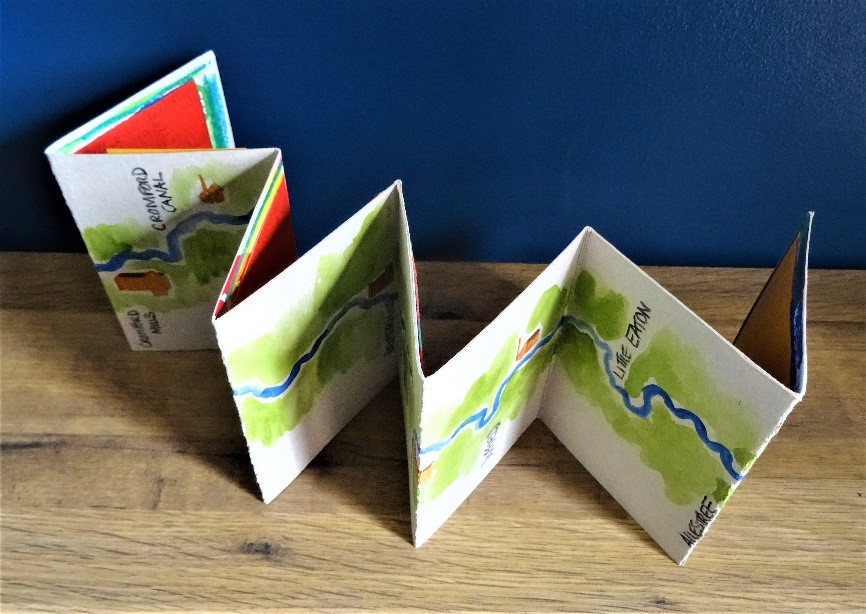
Artist Book of the River
The River Derwent runs through 15 miles of the Derwent Valley Mills World Heritage Site from Matlock Bath in the north to Derby in the south. The valley is the birthplace of the factory system which produced a fascinating series of large historic mills. This activity is a fun way to learn where they are all situated.
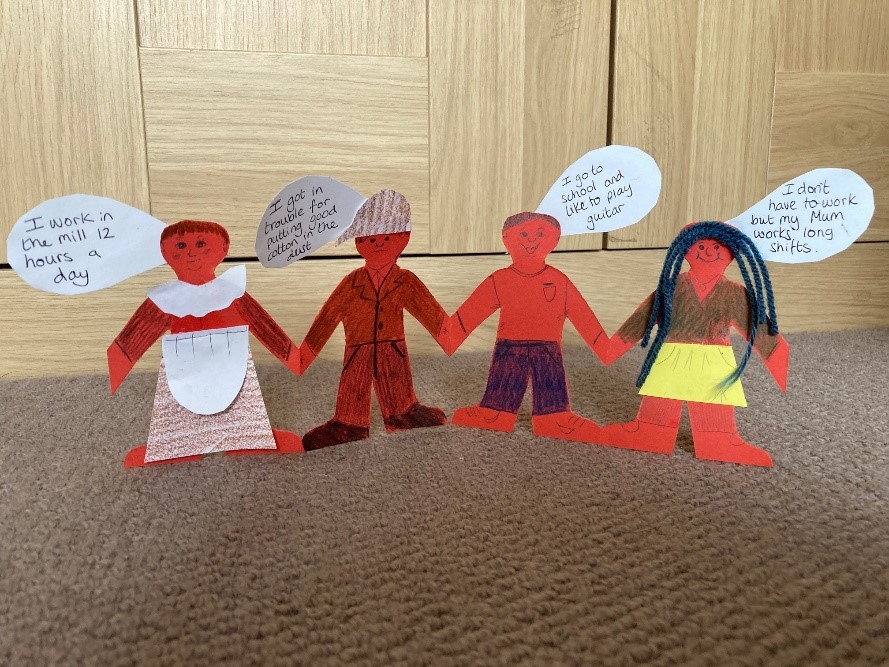
Children Then and Now
Children from as young as 7 years old worked 12 hour shifts in the mills as 'scavengers' and 'doffers' Life was very different for the children in the 1800s than it is for children today.
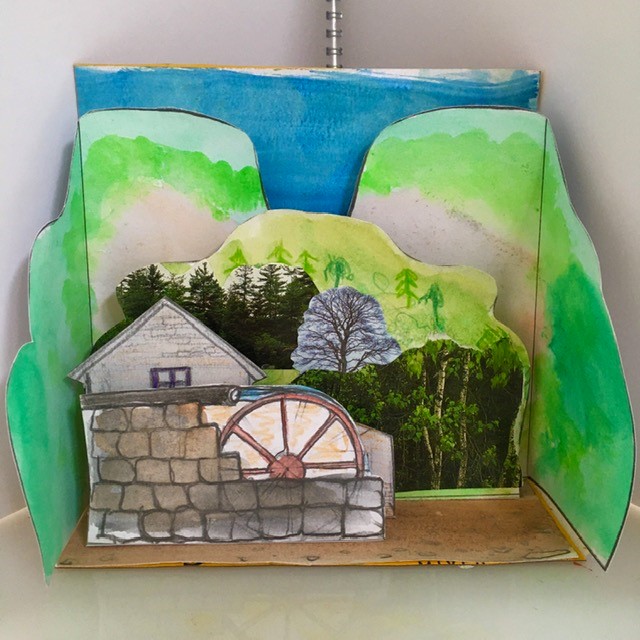
Derwent Valley Diorama
Create a simple diorama taking inspiration from the historic landscape and buildings of the Derwent Valley Mills World Heritage Site. The Derwent Valley is rich with industrial mills and factories. Use the resource photos to draw your own valley landscape or use the templates provided.
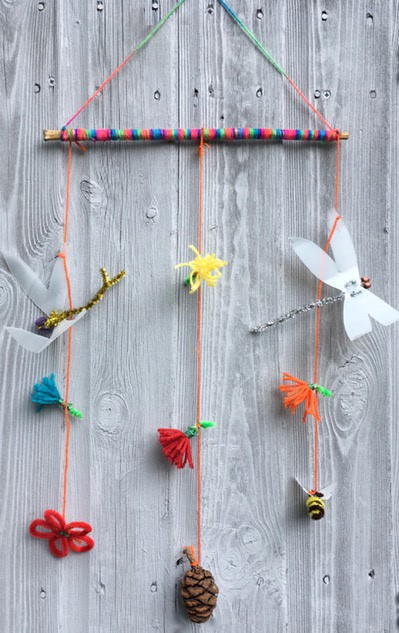
Derwent Valley Nature Mobile
Create a simple mobile taking inspiration from the landscape, flora and fauna of the Derwent Valley Mills World Heritage Site, which has an abundance of wildflower meadows, pastures and ancient woodlands. The river Derwent and Cromford Canal support many water insects and other wildlife.
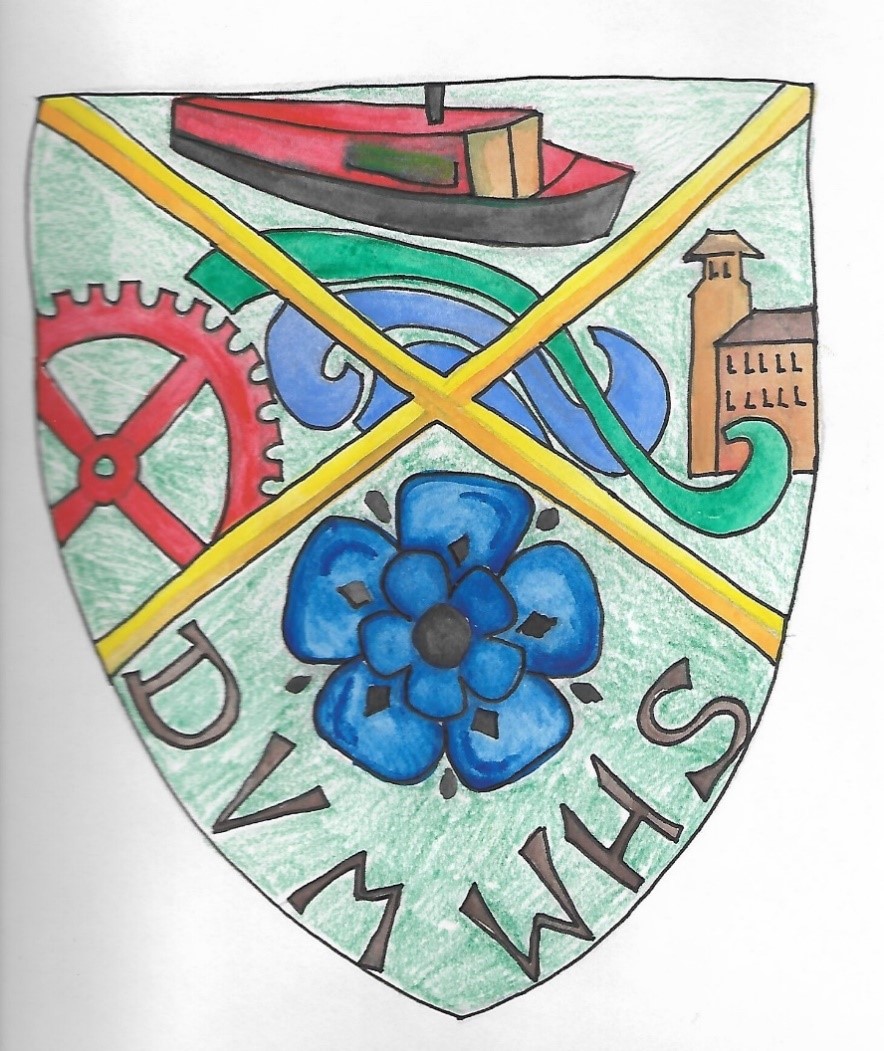
Create your Family Crest
This activity looks at your personal heritage, are you born and bred in Derbyshire? Or have you adopted this beautiful county as your own? All the important families had their own family crest. Use this activity to create your own that will be unique to you and your family.
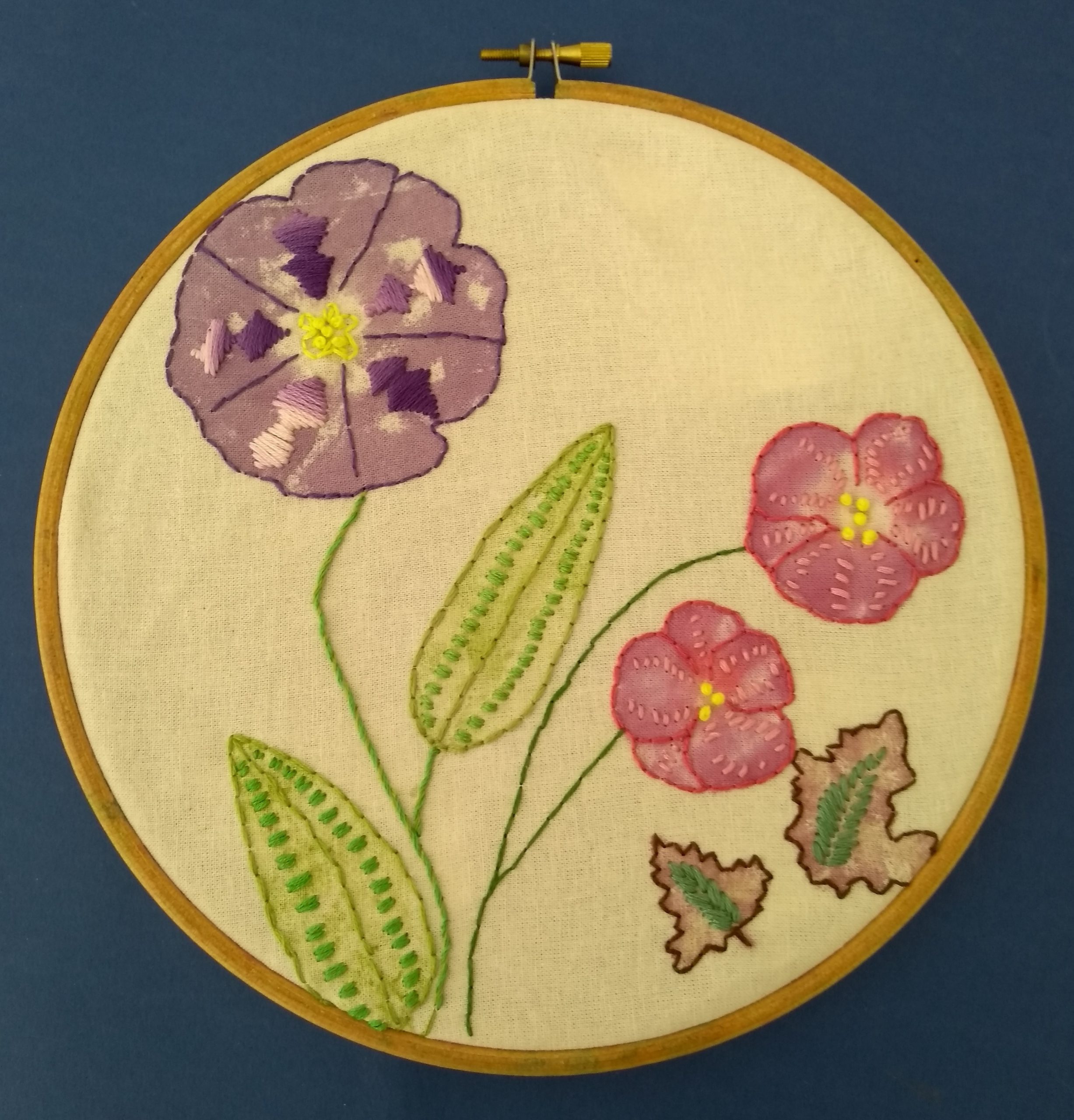
Hapazome and Embroidery
This activity uses fabric, flowers and embroidery. The Derwent Valley is exceptionally rich in wildlife, with internationally important ash and oak woodlands, and an abundance of wildflower meadows and pastures. There is also a long tradition of embroidering flowers and images onto stockings known as 'chevening'.
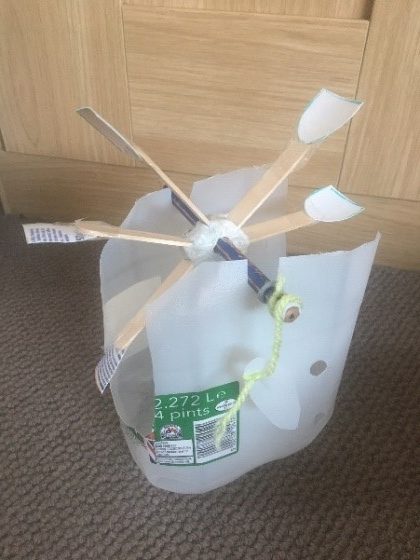
How to build a Waterwheel
All the mill buildings along the World Heritage Site were built to be powered by the force of water. Water from rivers and streams was channelled towards the mills and used to turn huge waterwheels. The wheels were attached to metal shafts and pulley systems and as the wheels turned they were able to power many machines through the whole mill.
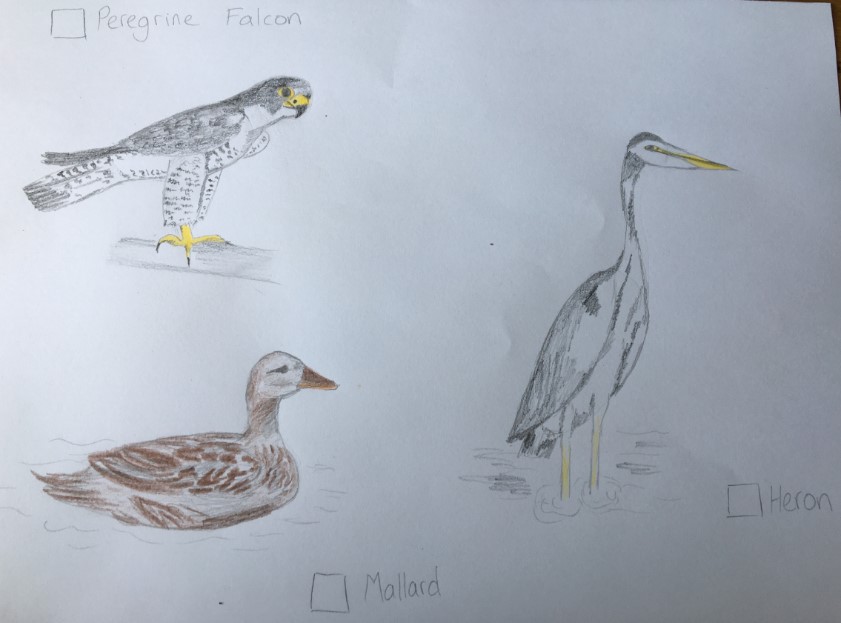
How to draw a bird
The Derwent Valley is a really rich landscape with lots of different species of birds. There are bids that love the water like herons, mallard ducks, kingfishers and swans; birds that love the woodland habitats like owls, thrush, blackbirds and jays; and even birds that nest on the mill buildings themselves like the peregrine falcon. See if you can draw some of these birds that you might spot around the valley.
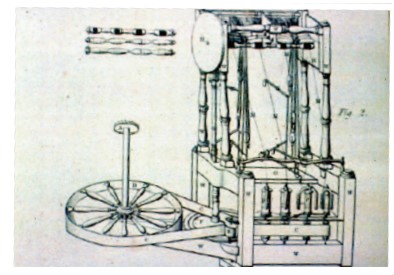
Invent a Machine
Richard Arkwright and Jedediah Strutt made lots of money from inventing machines and patenting ideas. The Derwent Valley Mills is where the factory system started with machines and people doing different stages of production and manufacturing. Can you invent a machine? Draw or build one and let us see the results!
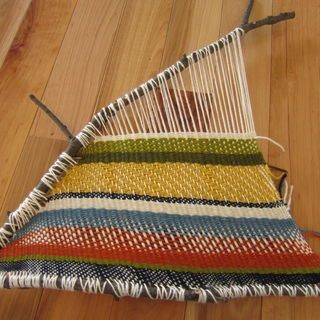
Make your own weaving loom
We have been making fabric using a method of weaving as far back as the Egyptians and probably beyond, but the Derwent Valley Mills revolutionised this process with their large scale cotton spinning process. The cotton spun at the mills was made into cloth - you can see some of working weaving looms at Masson Mills.
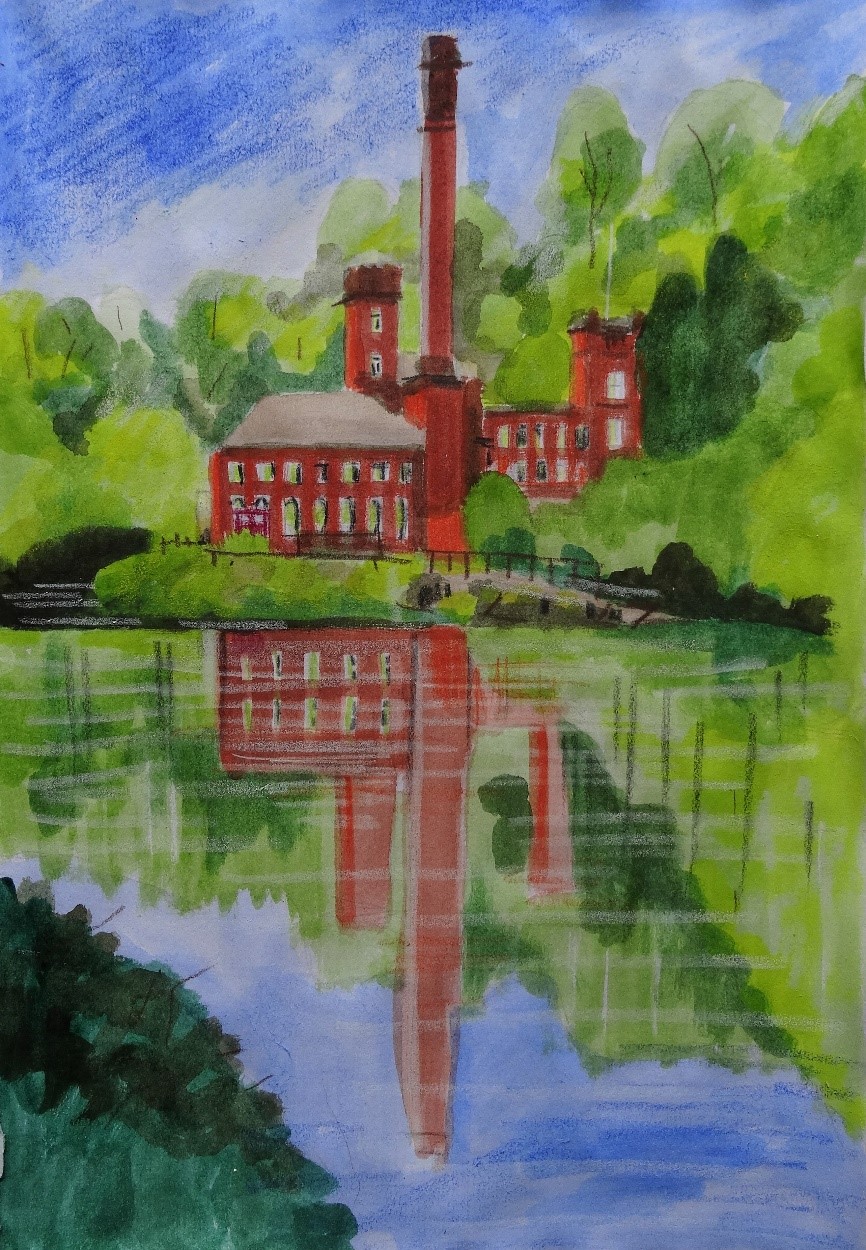
Mill Painting
The Derwent Valley Mills World Heritage Site is home to some spectacular mill buildings that pioneered the industrial revolution. In this activity you will choose a mill to paint and in doing so you will notice how detailed the buildings were and how they relate to the landscape they are in.
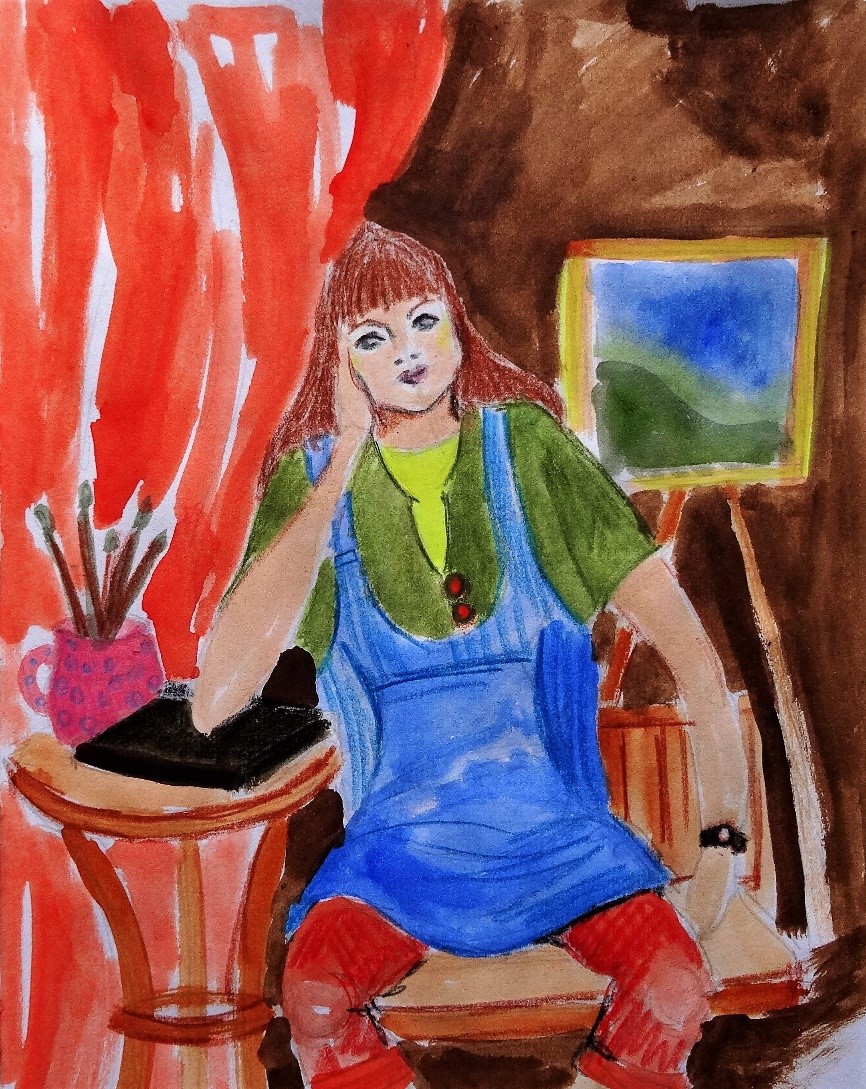
Pose like a Mill Owner
The mill owners of the Derwent Valley were very important people. They employed the locals and even housed and schooled them too. In order to show how important they were, they had their portraits painted by the renowned artist of the day, Joseph Wright of Derby.
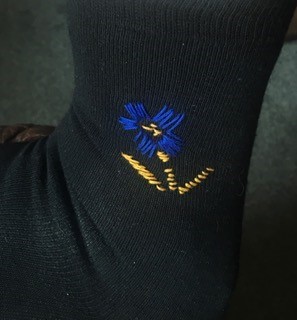
Queen Victoria's Stockings
In 1832, Queen Victoria (then still a princess) visited Belper to see the cotton mills. There had been a long history of stockings made for royalty from George III to Queen Victoria, at Brettle's factory. Queen Victoria's were of the best quality and heralded the invention of chevening. Learn how to do some chevening on your own socks here.
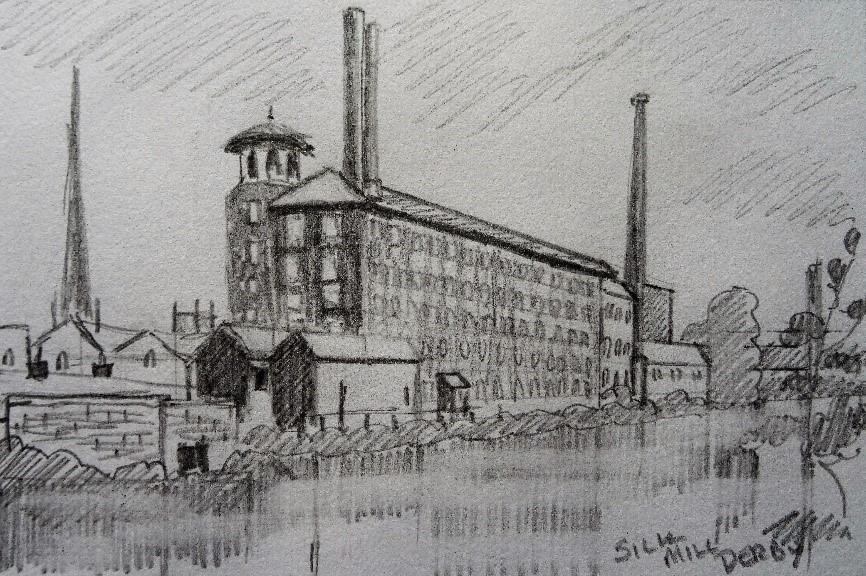
Sketch a Postcard
For this activity imagine you are in Victorian times and you want to send a postcard showing a wonderful building in the Derwent Valley. We have used the Silk Mill, situated in Derby, but you can choose any building you like.
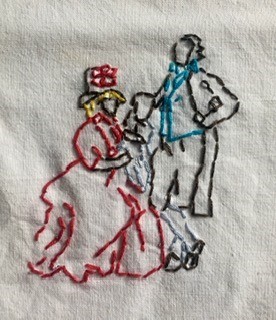
From Sketch to Stitch
One of the great skills of women at the time of the industrial revolution was their ability to sew and stitch beautiful samplers. This was regarded as an activity suitable for ladies and far removed from the hard work of the working class. This activity will help you create your own sampler like the ones Mrs Arkwright and her daughters would have done.
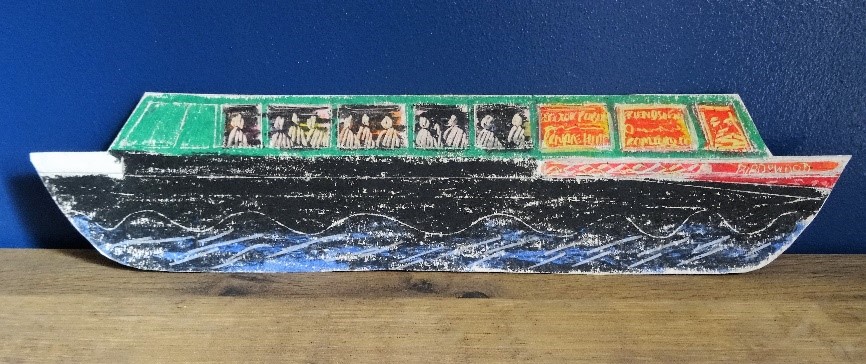
Tales of the Canal
10.5 kilometres of the Cromford Canal between Cromford and Ambergate lies within the Derwent Valley Mills World Heritage Site. It is full of wonderful wildlife, and home to the narrow boat Birdswood and is a great place to go for a walk.
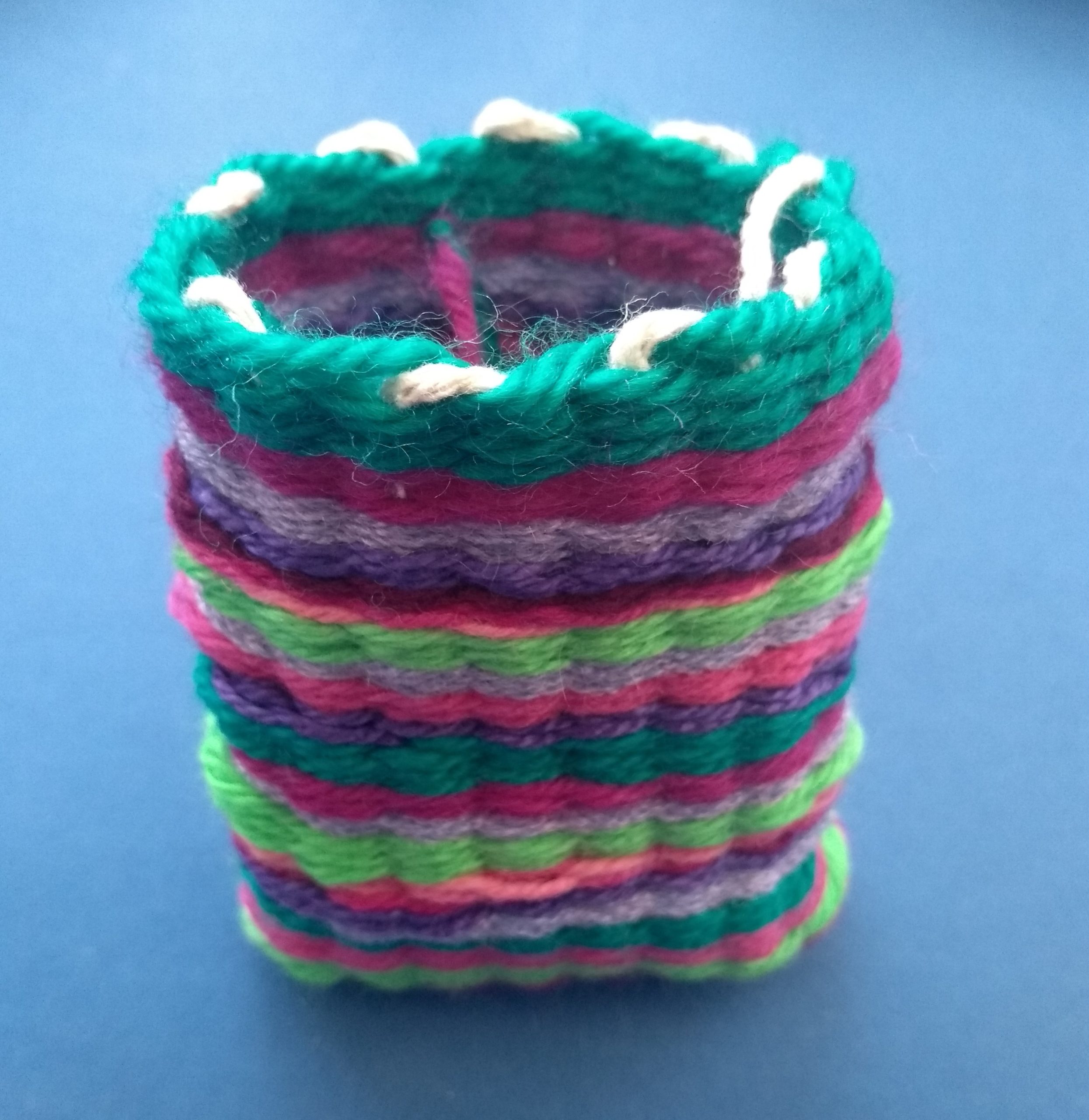
Woven Pouch
There is a long tradition of spinning and weaving along the Derwent Valley. This activity links to the cotton spinning at the mills, the weaving of the products along the valley, and with the production of wool products at John Smedley's Mill in Lea.
